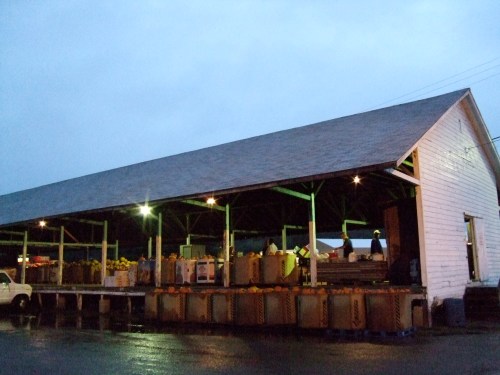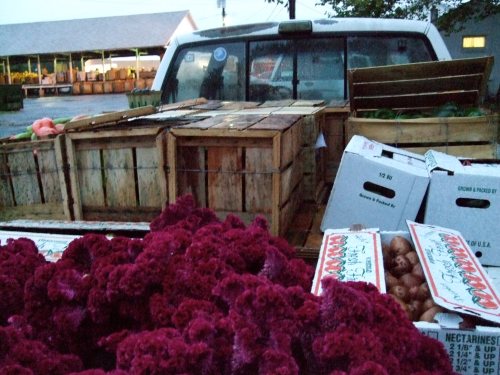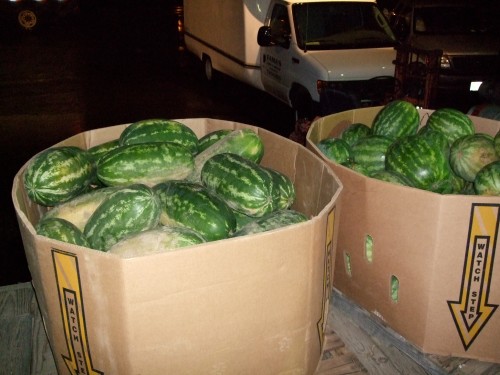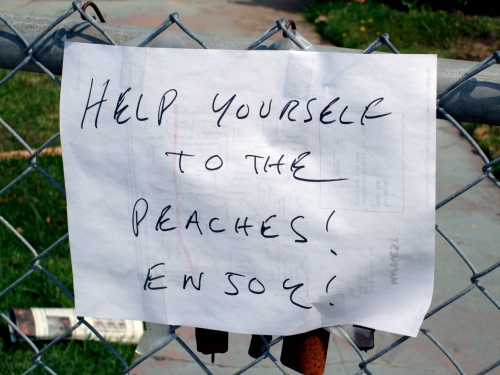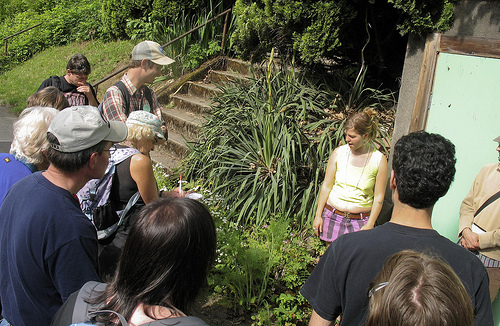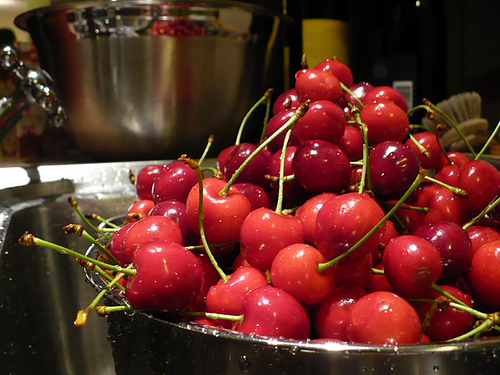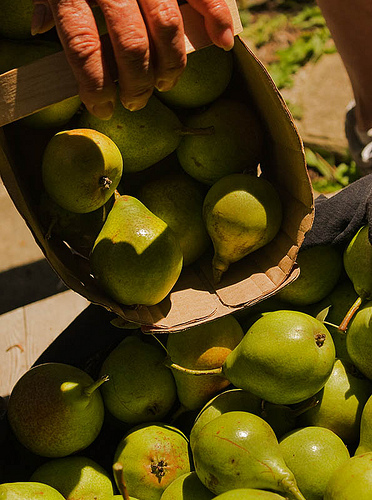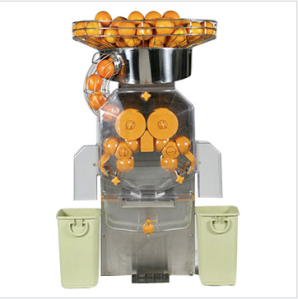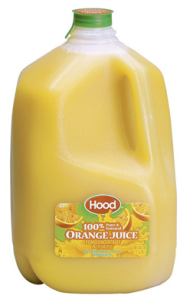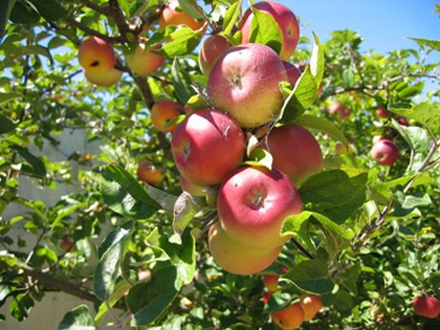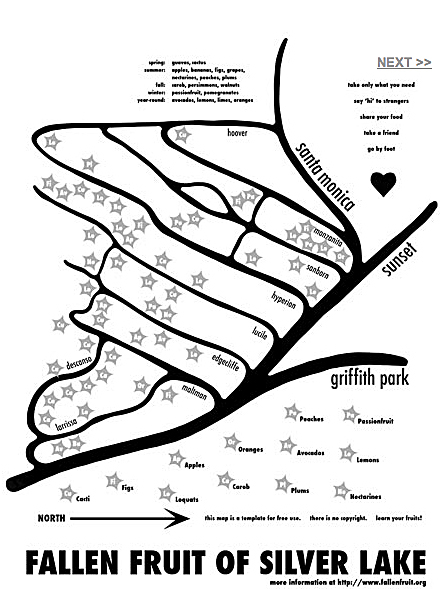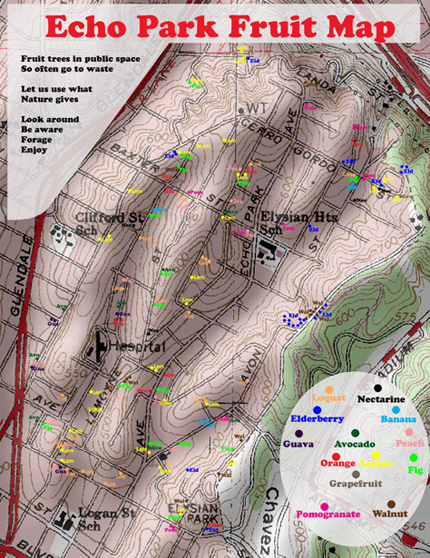Driving through Hightstown, NJ to visit my friend Geoff last month, I saw a sign for a Produce Auction. The sign proclaimed that the produce auction occurred every Monday, Wednesday, and Friday at 7pm, but otherwise was inscrutable. I had to know what this produce auction was. Luckily, it was a little before 6pn on a Friday. I all but dragged Geoff and Mike with me back to the auction.
As it turns out, it was exactly what it sounds like. A live auction, for produce. There were a bunch of pickup trucks waiting in line of either side of the auction building, with samples in the back. Buyers walked around, checking out the produce, getting ready to bid. The two women in charge, Peggy and Debbie, were very kind to us, even lending me their bidding number.
The auctioneer, a man named Alfred Finocchiaro, knew what every type of squash, every apple was on sight. He’d rattle off the variety and quantity available, and the bidding started. Twenty 20lb boxes of medium red tomatoes. Eight enormous snake squash. Fifty pound sacks of fresh corn on the cob. His patter was thunderstorm on a tin roof fast, nearly unintelligible. A lot of the bidders were old-timers; Alfred knew their bidding number by heart.
The prices were unbelievable: where else could you get 8 canteloupes for $8? Or a 20 pound box of perfect, deep red tomatoes for just $12? Or fifty enormous watermelons for two bucks apice? Although I was moving to California in just under a week, I was very tempted to round up a bunch of canning jars and start putting up vegetables; peaches in 20 pound flats, tomatoes in 25 pound boxes, 25 pounds of hungarian wax peppers going for $8. There were new-dug potatoes, squash, apples, melons, and more tomatoes than you could shake a stick at. Here is the way to be a locavore: fresh veggies direct from the farmer, cheaper than the organic produce at the farmers’ markets in New York city. Its certainly much less effort, space, risk and time than growing everything yourself – local food outsourcing in action!
Most of the buyers were farmers themselves, with the occasional restaurateur thrown in. They were buying for their farm stands: Silver Queen corn when their corn crop was over for the season, golden Jersey peaches to lure in the drivers, even though they didn’t have an orchard themselves.
I was too afraid to bid and wave my card around – I didn’t want to accidentally end up with 10 twenty-pound boxes of tomatoes when I only wanted one. Nor did I want to bid to win the auction and make sure I got a box of whatever, only to leave the other 19 boxes to languish at too high a price. So no bidding for me.
I did manage to get an ginormous watermelon for $2, though, thanks to the intervention of a kindly farmer named George. George interceded for me with the guy who had bought fifty of the big watermelons, and he agreed to sell me one at cost. I became the proud owner of a watermelon that must have easily weighed 25 pounds, and was as big as a toddler. And as delicious.
The only problem with the market is, I don’t know how much the farmers were able to make, with prices that low. A couple of times it looked like some lots weren’t going to get any bids before someone stepped in. A few other times the farmers were getting bids that were too low: $2.75 for a box, when they needed to get $4.50 just to break even. Their prices eventually were met, but nothing over the break-even point. And you’ve got to sell- what can you do with 400 pounds of unsold ripe medium-sized tomatoes? That’s too few to try and sell to a wholesaler, and if no-one if the produce auction wants them, you’re stuck, and they’ll start going bad pretty quick.
Apparently the market used to be a lot bigger, with six warehouses, and hundreds of boxes of produce, and dairy and meat, too. A lot of farms have been turned into housing developments, and there’s not as many buyers as there used to be. Peggy said that this was the only co-operative farmers’ market left in the state, when they used to be all over New Jersey. Now it’s this one, a small market in South Jersey, and the huge industrial markets in Philly and at Hunts Point in the Bronx.
For all that I like to snark at the New York Times, they beat me to this one. They wrote about the produce auction and its history, on August 22nd of this year.

